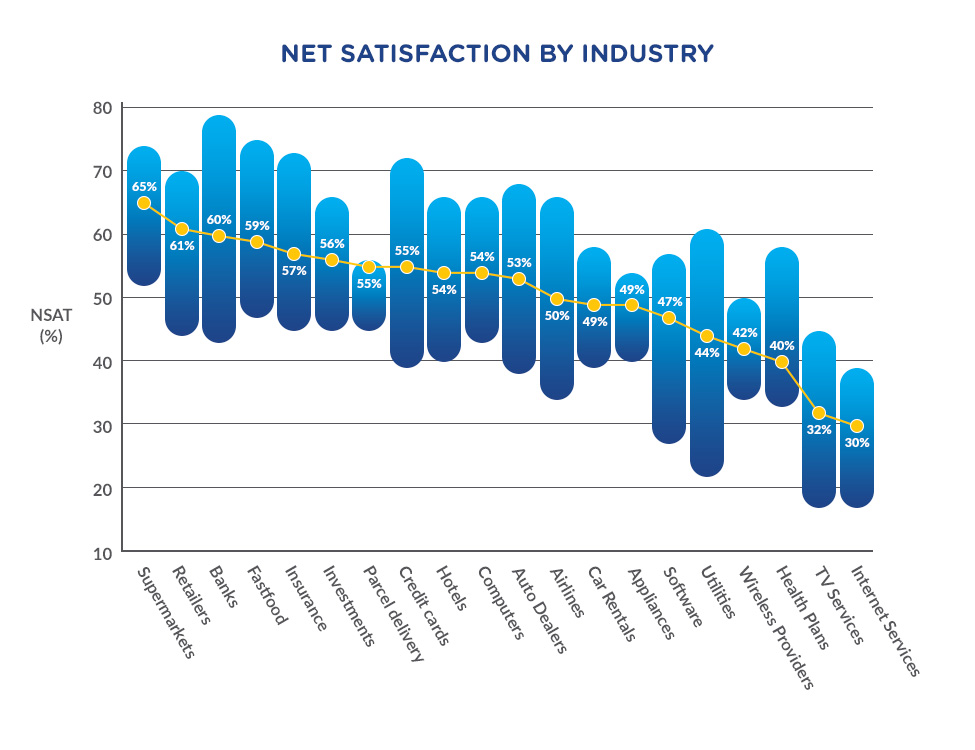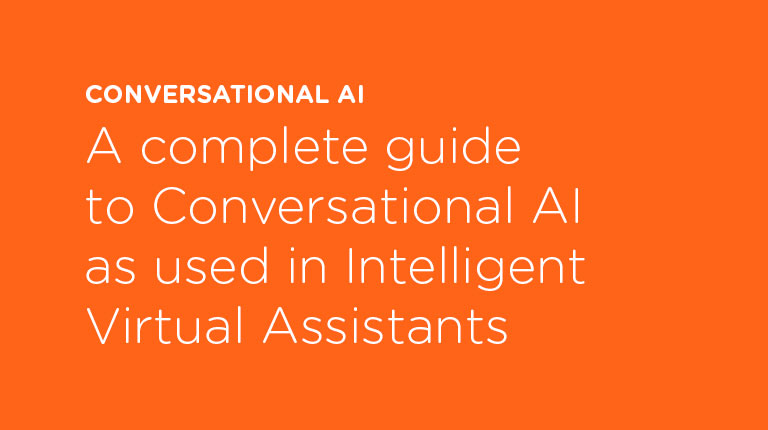The average consumer is exposed to many brands on a daily basis – numerous products and services they could ‘hire’ at their fingertips 24/7. In this hyper-availability and hyper-adoption era, it’s understandable why brands struggle to stand out in the eyes of the consumers.
Think about some of the brands you have stayed loyal to over the years – your cell phone provider, your utility company, the airline you always fly or your favorite retailer. Why did you stick with them? And now think about the brands you’ve fired over the years. What made you switch? Customer service or the ‘how they made you feel’ is usually the common thread in both those exercises.
Customer Obsession As a Differentiator
Forrester’s “Age of the Customer” concept covers the changing consumer landscape and how it is influencing the way we do business. In the past, companies were responsible for deciding which products or services to develop, features to add and channels to use. The buying decision was left to the consumers.
This “build it and they will come” strategy doesn’t seem to work in the new Age of the Customer, though. Now, along with the final buying decision, the consumers are dictating which products or services they want from the brand, features they need and even which channels they prefer.
Consumers expect the brand to be obsessed with customer experience and deliver positive, personalized and seamless experiences across all channels. The brands that succeed in the Age of the Customer use customer service and customer experience as their main differentiators; which can be easily confirmed by looking at trends in the CSAT index over the years.
But is it possible for every company offer customized and personalized experience to every customer? The answer is yes (when the right technologies are in place).

Data Source: Temkin Group
Customer Care Innovation at Scale
Increasingly, the contact center is playing an important role in the context of customer experience. And for good reason – when done right, customer care interactions can be an important differentiator in today’s customer-obsessed environment.
Emerging solutions such as chatbots and Personal Virtual Assistants (PVAs) are creating substantial buzz in current news cycles because of their ability to easily scale and remove excess burden from live agents, particularly during peak seasons or times of day. And it doesn’t hurt that some of the biggest players in the technology space are investing heavily in these solutions. But both solutions lack the ability to personalize in the way that is needed to secure customer loyalty. By letting a chatbot or PVA represent your brand, you are putting a middleman between you and your valuable customers.
The truth is, despite the hype around these emerging technologies, the majority of companies still employ traditional Interactive Voice Response systems (IVRs) as the primary gatekeeper to customer care. But traditional systems – with lengthy menu options and stifled speech recognition capabilities – are often seen as roadblock to customer service. In the “Age of the Customer”, the contact center and the technologies supporting it need to play a key role in optimizing the customer experience.
Automation that doesn’t sacrifice Personalization
Selecting a customer care technology that works for you and your customers is a win-win. Intelligent Virtual Assistants that are built for the enterprise can help you achieve that by enabling seamless, personalized customer service experiences while still keeping costs under control.
Today’s consumers expect a seamless experience across all the channels they use. They want to start researching about a product or a service on their mobile device, buy it on the website, engage with the brand via social media and have their issues resolved via a secure and personalized channel. An Intelligent virtual Assistant can help you automate all these steps of the customer journey across multiple channels without losing context.
As brands cater to customers of diverse backgrounds or across geographical borders, Intelligent Virtual Assistants can evolve to understand different languages, dialects and accents – further enhancing the customer experience and personalization.
Consumer expectations have always transformed the way brands derive their business strategy. ‘Cloud-first’ initiatives paved the way for the digital transformation. Then came the ‘mobile-first’ initiatives to support the explosion of mobile channels. Now, as customer experience becomes a unique differentiator, brands need to provide reliable, repetitive, personalized customer engagement and care experiences.





